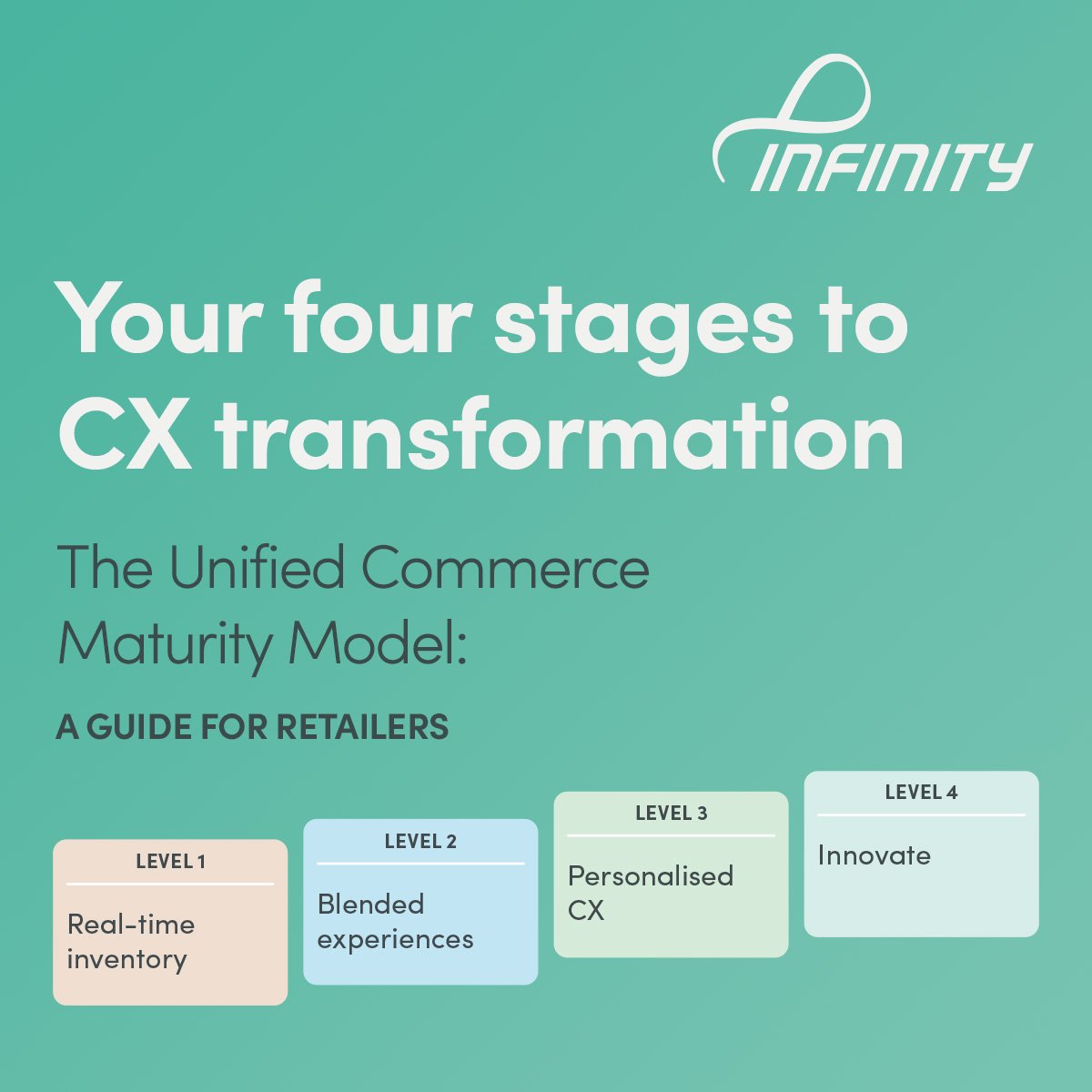Since arriving in the Australia and New Zealand markets around a decade ago, Black Friday has become one of the biggest occasions on the retail calendar.
As well as being a major event in its own right, Black Friday, along with Cyber Monday, marks the beginning of the Christmas shopping season. And it seems to get bigger every year, with deals being advertised earlier and the sale period getting longer.
In 2024, Black Friday and Cyber Monday set a new record in Australia of $2.2 billion spent online, despite a tight cost-of-living environment. Meanwhile, in New Zealand, they saw $94.6 million spent online and $734 million spent instore. Overall Q4 retail spending came in at $16.1 billion, with mid-to-late November showing the biggest increase in spend.
Clearly, the Black Friday and Cyber Monday period is an opportunity for retailers to build momentum heading into Christmas, but the returns won’t come without thought and strategic planning.
Here we look at how you can make sure you’re ready to take advantage of the Black Friday splurge so that it sets you up for end-of-year success.
Is your inventory ready?
Perhaps the most important question you need to answer is: what are you hoping to sell? Are you showcasing a new product line, promoting tried-and-true items that you know will sell or are you trying to move excess stock?
With this question answered, you need to be sure that you’ve planned for demand and contingencies. Use reports and analytics to gauge the volume of stock you will need on hand, and make sure your inventory management system alerts you to when minimum stock levels have been reached.
Getting stock to the right places is vital. Have you maximised shelf use, so that you’ve filled shelves with product you want shoppers to buy? Do you need to transfer slower movers into the storeroom for the duration of the sale?
And if you’re running a multi-store operation, have you planned for variation in demand across stores, and are you able to move stock across your network to meet that demand during the sale period?
Are your suppliers on board?
Once you know how much stock you’ll need and where you’ll need it, make sure you’ve either got what you need on hand or that your suppliers can provide it.
Have you got agreements in place with suppliers that allow you to meet demand? If you aren’t able to physically store all the stock you’re planning to sell, are suppliers able to hold more stock for you in case it’s needed?
And if you run out of stock during the sale, are you able to place customer orders with the supplier so that demand can be met in the coming days or weeks? Alternatively, are suppliers able to dropship to your customers to speed up fulfilment?
You’ll also want suppliers to help you out if you find yourself with product left over at the end of the sale, so have you come to an agreement to return unsold stock?
Finally, are your suppliers on board with your pricing strategy? Can they offer you tiered pricing that you can pass on to shoppers?
Does your pricing strategy align with inventory?
When you’ve decided what to discount you need to get the pricing right so that you’re selling stock at required levels without compromising revenue or brand value.
Use reports to identify the price points at which discounts should be offered that maintain profitability while also attracting customers.
Experience from the US indicates that discounts in the 10–15% and 20–25% ranges performed better than steep price cuts, suggesting consumers were more interested in getting the right product from their chosen brand rather than merely prioritising the lowest price.
If you’re opting for pricing bundles and tiered discounts, does your POS allow for a seamless pricing experience for customers so that they know they’re getting the best price?
And when it comes to those shoppers who belong to your loyalty scheme, consider whether you’ve put enough emphasis on nurturing them through exclusive offers, bonus points and early access to deals.
How are you going to manage queues?
There’s no point having inventory and pricing in place if people walk out because the queue isn’t being managed.
Look at last year’s analytics and work out when the peak times were and then make sure that you have enough people on deck to handle those busy periods.
If you offer a click-and-collect service, consider suspending pick-ups at busy times so that shoppers aren’t waiting around to collect orders, preventing your staff from serving bargain hunters and compromising overall service.
Is your POS up to the task?
Once you’ve decided how many of your people need to be available, are you sure you have enough POS lanes, or do you need to scale up the number of lanes?
Are you also sure that your POS can handle high transaction volumes? Once again, slow service at the POS will flow on to queue length, which could result in lost sales.
How will you keep customers coming back?
Black Friday and Cyber Monday can see record numbers of shoppers engaging with you across all touchpoints, from instore to web store. Are you ready to reward them for their business and retain them as loyal customers?
Limited-time promotions can result in a huge spike in customers coming through the door or visiting you online never to be seen again. But giving them a reason to come back means that a single purchase on Black Friday can be the start of a long-lasting relationship that bolsters your loyal customer base and fortifies revenue streams.
Have you thought about how you keep in touch with new shoppers through email or txt exchanges so you can offer them complementary products or services? Do you have a retention strategy in place to bring new shoppers back again and again?
Are you ready for next year?
Getting everything in place so you can take best advantage of Black Friday can be daunting, but having the right tools at hand takes some of the pressure off.
If you don’t have the data you need to make informed decisions about which products will perform best and how to price them, then it might be time to upgrade your systems so that you’re ready for next year.
Infinity allows you to report on inventory sales so you can see what performs well and when, while other reports give you a clear understanding of profit and loss. You can even see how well each of your employees is doing over a given period so you make sure your top performers are on the floor.
You can easily move stock around stores so that stock gaps are filled, and if items do run out you can create customer orders to be fulfilled from the warehouse, the supplier or from another store.
You also get to make complex pricing simple, so that tiered pricing becomes a breeze. And Infinity’s proven ability to perform complete transactions at speeds of less that 20 seconds on a single POS means you get the throughput and accuracy you need.
Need help to get ready for busy sale periods?
If you’re looking to get on a solid footing for the sale season, get in touch. We’d love to show you how Infinity can help you deliver the bargains customers expect while maximising revenue.






















